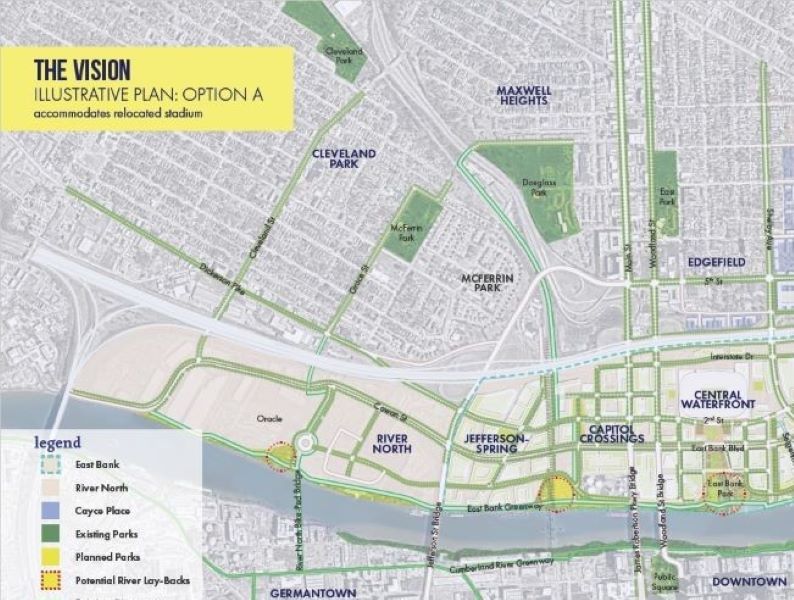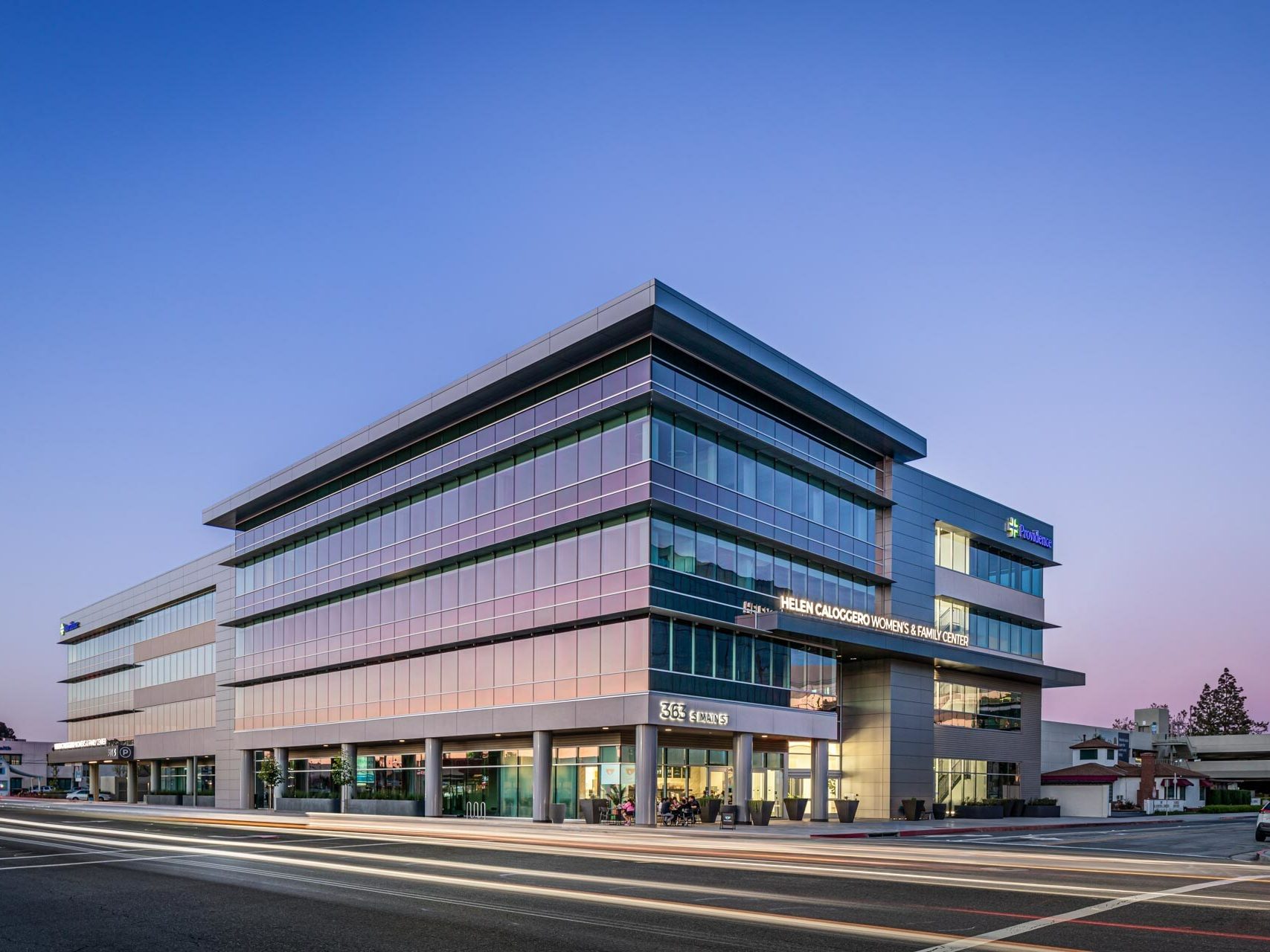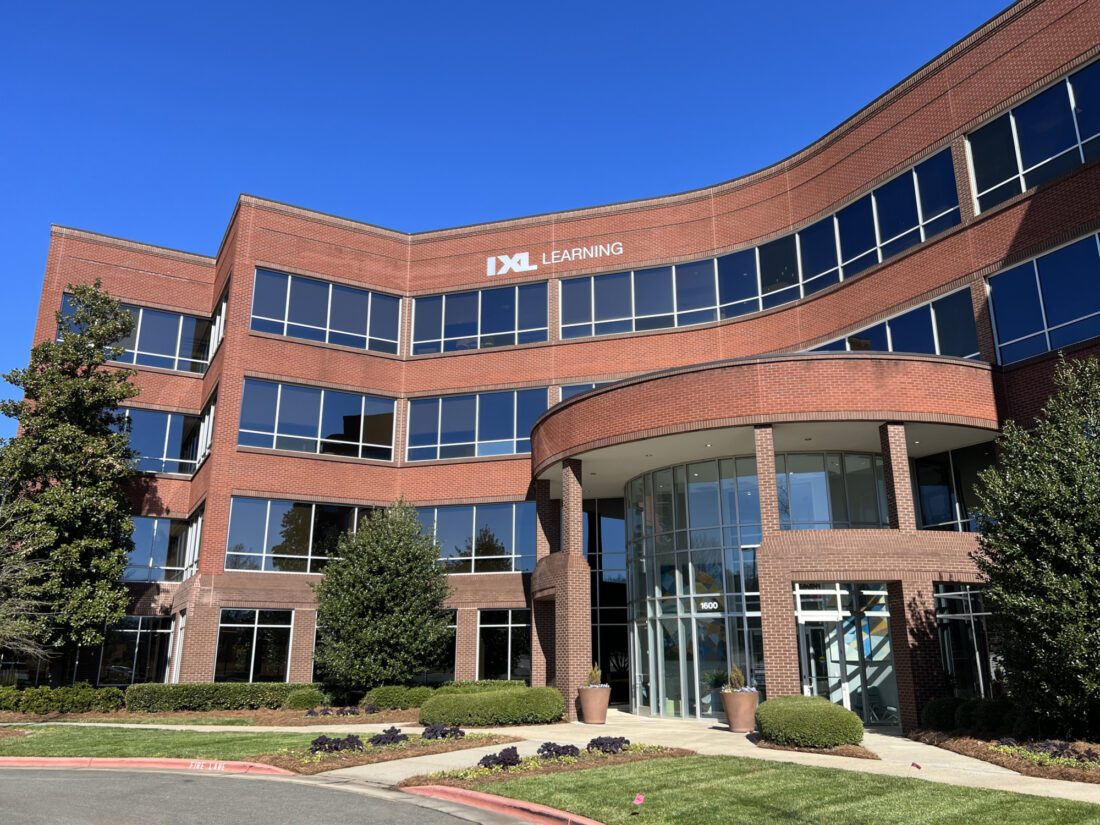Supply Chain Resiliency To Boost Logistics Demand
Many customers are poised to hike inventory levels by 5 to 10 percent, a Prologis executive revealed at SIOR’s CREate 360 conference.
Resiliency, as opposed to efficiency, is emerging as a new focus for supply chain management as global turbulence forces logistics customers to retool the way they ship goods. Warehouse builders are taking note, with an executive at the world’s largest industrial REIT suggesting that more slack in the system could generate up to 185 million square feet of additional logistics demand in the U.S.
“When you consider the global nature of the pandemic, it has really emphasized the need for resiliency in the supply chains of our customers as well as increased inventory levels,” said Megan Creecy-Herman, senior vice president and head of West Region operations at Prologis Inc.
READ ALSO: Amazon Begins 2 MSF Kansas Expansion
Speaking at the CREate 360 virtual conference held by the Society of Industrial and Office Realtors, Creecy-Herman said that rising trade tensions in the year or two leading up to the coronavirus outbreak had already prompted customers to start shifting their focus to greater resiliency. Now, Prologis finds that many customers are likely to boost inventory by somewhere between 5 to 10 percent amid the change in strategy.
Additional incremental logistics demand could total roughly 140 to 185 million square feet as a result, the Phoenix-based executive noted. Sectors with traditionally lean inventory levels—food and beverage, electronics and appliances, health care and diversified retail—are the most likely to reassess their needs.
Online shopping spree
The pandemic supercharged the adoption of e-commerce, driving its share of U.S. retail sales from around 15 percent at the end of 2019 to 25 percent in April—in effect, pulling adoption forward by several years, Creecy-Herman pointed out.
Prologis anticipates that this year’s surge may generate additional U.S. logistics real estate demand of about 400 million square feet, or about 150 to 200 million square feet annually over the next two to three years. Location-wise, that demand is expected to primarily chase urban last-mile facilities—distribution centers located close to cities—as opposed to the more centralized distribution model of the past.
Logistics users will need to focus on providing the service levels necessary to match a growing appetite for next-day and same-day delivery. “We believe they’re going to have even higher expectations for these timelines and for how quickly they want their product,” said Creecy-Herman.
Prologis, which owns or has investments in a logistics portfolio of nearly 1 billion square feet across 19 countries, reported that net effective rent across its properties jumped by 25.9 percent during the third quarter, led by the company’s U.S. portfolio at 30.7 percent. Overall occupancy at the end of the quarter was 95.6 percent, according to the NYSE-listed firm.








You must be logged in to post a comment.